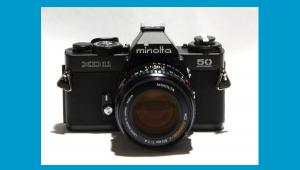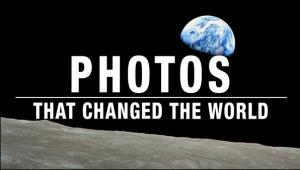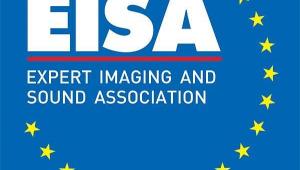Hasselblad Launches the H3D-II, its Fourth Generation High-End DSLR
The key functions of the camera are adjusted via digital menus, which can now be controlled via a thumbwheel control on the handle of the H3D-II, making the operation of the camera easier and more efficient. A new separate button for direct control of ISO settings and white balance has also been added to the camera controls.
To optimize the digital image quality of a DSLR, Hasselblad has identified
the following key system components: an excellent optical system, comprising
the best lenses twinned with the largest possible sensor format; full integration
to enable lens correction and Hasselblad's own Ultra-Focus; and the best
possible RAW converter.
When used with Hasselblad HC and HCD lenses, the camera system offers full digital
lens correction through its DAC-Digital Auto Correction, which, in addition
to chromatic aberration and distortion, can now correct for vignetting phenomena.
Image noise in the H3D-II has been significantly reduced by improving the cooling of the sensor, achieved by attaching to the CCD a physical heatsink, which dissipates the heat generated to the entire camera body and considerably lowers the temperature of the system. As a component of Hasselblad's forthcoming image processing software, Phocus, the Hasselblad RAW Converter (HRC) also has an anti-moiré capability which will eliminate moiré from any 3FR files, including even reprocessed images shot in 3FR on previous generations of Hasselblad cameras.
The H3D-II also features Hasselblad's Global Image Locator (GIL), a unique
integrated GPS product that automatically records the camera's exact geographic
co-ordinates at the precise moment of image capture. This data is integrated
into the metadata of a specific image file and used together with the Hasselblad's
new imaging software, Phocus, to allow images to be located on a map or found
in a computer file system using the GPS coordinates as a search term. All the
image files shot or stored in a specific location can be easily identified and
found. As a direct link to Google Earth has also been built into Hasselblad's
Phocus software, it is also possible to establish via the internet what image
files were captured at any particular location. With Google's functionality,
the user can also view their GPS tagged images, "fly" between them
and even into them.
The new H3D-II is available immediately worldwide through Hasselblad's
national subsidiaries and channel partners with a retail price of $33,995 for
the H3D-39II, $26,995 for the H3D-31II, and $24,995 for the H3D-22II.
- Log in or register to post comments

















































